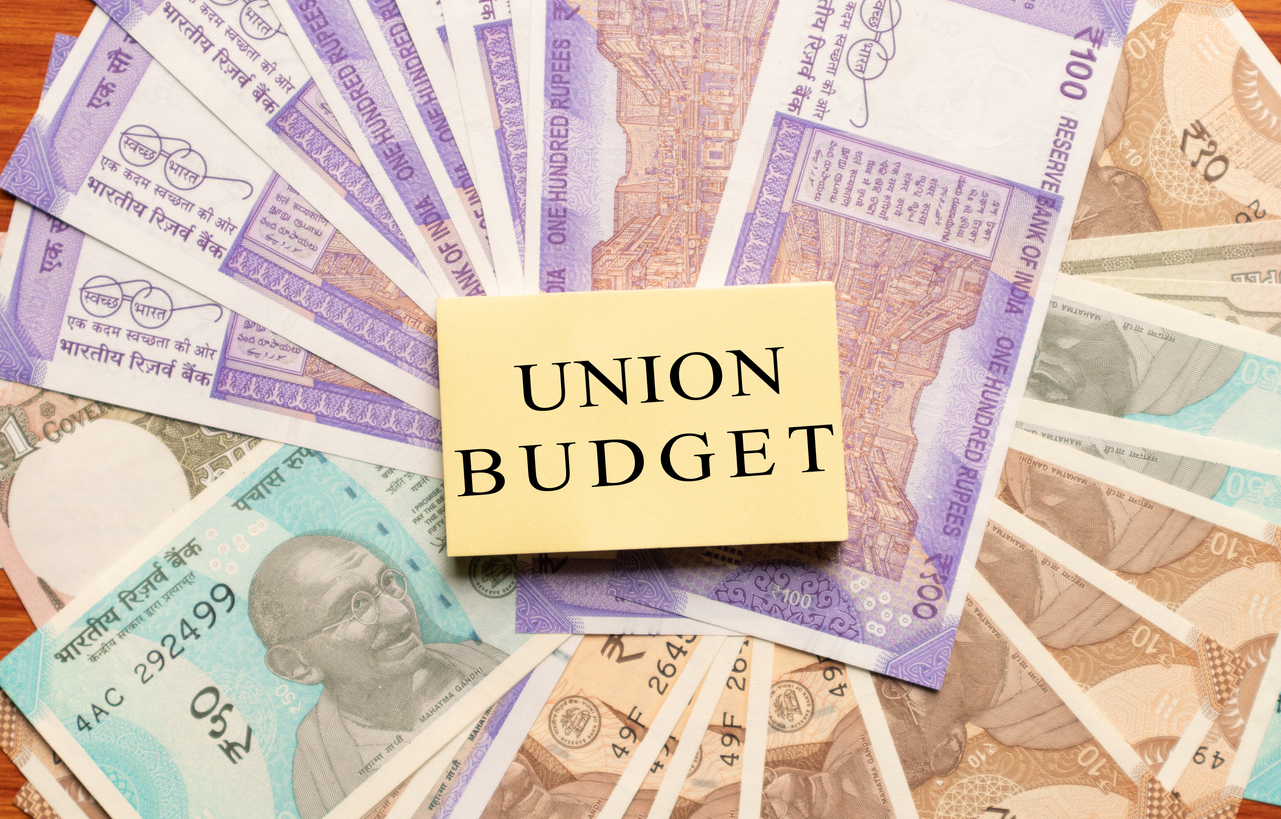
Will FinMin be guided by COVID-hit economy or 5 Assembly polls?
The relationship between the Union budget and politics goes a long way, and grows stronger when polls are in the offing.

The relationship between the Union budget and politics goes a long way, and grows stronger when polls are in the offing.
Given the damage the pandemic has caused to the economy, even as Finance Minister Nirmala Sitharaman is expected to announce tax cuts for the common man and relief for businesses during the Union Budget on February 1, the upcoming Assembly elections in four states and a Union territory in all likelihood are expected to determine the nature of budgetary allocations.
History stands testimony to budgets being used as electioneering tools for ruling governments to return to power.
Take the instance of the 2008-09 budget. The UPA’s decision to waive farm loans worth ₹60,000 crore — that provided relief to 60 per cent of India’s population dependent on agriculture — sealed its victory in the 2009 Lok Sabha polls.
The 2009-10 budget saw the UPA government increasing the allocation of its flagship MGNREGA programme by a whopping 87.5 per cent from an initial ₹16,000 crore to ₹30,000 crore. The employment programme, initiated by the UPA government in 2006, was one of the reasons that it came to power for a second term.
Amid a rising pitch for women’s safety in the wake of the Nirbhaya gang-rape in 2012, the UPA government in the 2013-14 budget announced a corpus of ₹1,000 crore under the Nirbhaya Fund to ensure safety of women in the country. In the same budget, then finance minister P Chidambaram set up a fund to train youth, who constitute two-third of the population under 65 years of age, in vocational skills to generate more employment.
Ahead of the Assembly polls in eight states in 2014, the NDA government tried to woo voters with promises of national-level institutes among other sops.
Related news: Customary Halwa Ceremony kickstarts Budget document process
The states bound for polls were Andhra Pradesh, Arunachal Pradesh, Odisha, Sikkim, Maharashtra, Haryana, Jammu and Kashmir and Jharkhand.
The budget aimed at setting up IITs in Jammu and Andhra Pradesh among five states, while also announcing AIIMS-like institutions in Andhra Pradesh and Maharashtra.
In 2014, the saffron party was yet to make inroads into Andhra Pradesh, while Maharashtra was under the rule of the Congress.
Similarly, an IIM in Maharashtra, a horticulture university in Haryana and an Indian Agricultural Research Institute in Jharkhand were announced in the budget of 2014 by then then finance minister, the late Arun Jaitley.
Ahead of the Lok Sabha and Assembly polls in 2019, the Union government, in its interim budget for 2019-20, extended a cash dole of ₹6,000 to each farming household under the PM Kisan Nidhi programme, in a bid to woo the farming populace of the country.
The government announced ₹5,000 for women in self-help groups having a Jan Dhan account, while provisioning loan up to ₹1 lakh under the Mudra Scheme for women entrepreneurs. That apart, 25 per cent additional seats in educational institutions were carved out to cater to the 10 per cent reservation for the economically backward sections of society.
Even though the Congress despite its populist labour and farm reforms saw an ouster in 2014, the two-time win of the BJP has shown that it has been on the right track as far a ‘budget to election’ calculations are concerned.

